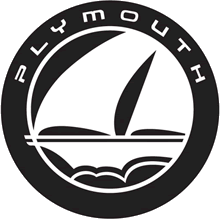Plymouth |

1928 to present: Chrysler Corporation |

































Related Reading
Like this article? You might also enjoy these related articles.
OldRide Marketplace
Check out Plymouth items for sale in the OldRide Marketplace.

1968 Plymouth Fury III
$9,995

1967 Plymouth Belvedere
$11,395

1969 Plymouth Roadrunner
$47,995

1959 Plymouth Fury
$44,495

1969 Plymouth Road Runner
$66,995

